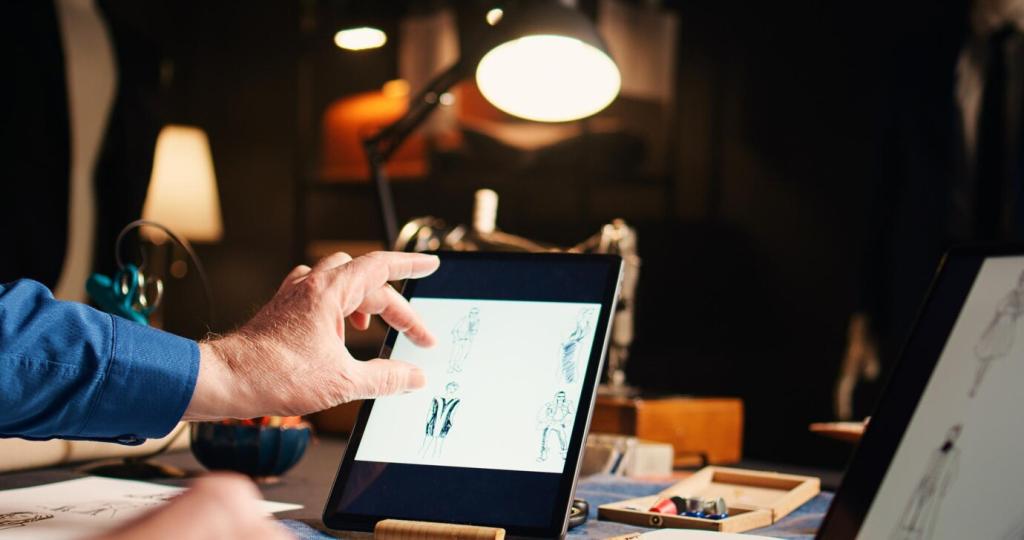Modern Interface Design Elements
Modern interface design elements shape the way users interact with digital products, blending aesthetics with functionality. These elements are more than visuals; they guide behavior, enable accessibility, and influence perception. As technology evolves, successful interface design anticipates user needs, adapts to new platforms, and ensures seamless experiences. Whether it’s a mobile app, a web dashboard, or a wearable device, thoughtful interface design defines brand perception. The right combination of clarity, consistency, and innovation leads to interfaces that are intuitive, engaging, and inclusive for everyone.
Visual Hierarchy and Layout
Typography enables users to quickly scan, understand, and interact with information. Modern interface design employs readable, responsive fonts that scale smoothly across devices. By leveraging font weight, size, and spacing, designers maintain clarity and accessibility, even when content changes dynamically. Clear typographic structure distinguishes between headings, body text, and interactive elements, preventing cognitive overload. Through intelligent use of color and contrast, typography helps users find what they need fast, supporting both usability and brand expression.
Color selection impacts mood, usability, and accessibility in interface design. Modern interfaces often employ a restrained palette to foster visual harmony and emphasize interactivity. Designers use color contrast to highlight calls-to-action, distinguish sections, and convey system feedback. Crucially, mindful color application ensures experiences are accessible to all, including those with color vision deficiencies. By sticking with a consistent color scheme aligned with brand identity, designers reinforce recognition and foster trust, all while guiding user choices intuitively.
Whitespace—or negative space—plays a critical role in creating clean, focused interfaces. Modern design embraces generous spacing, allowing components to breathe and content to stand out. Effective use of whitespace reduces visual clutter, improving legibility and helping users concentrate on core actions. Rather than filling every pixel, designers thoughtfully separate elements, promoting comprehension and minimizing fatigue. Whitespace’s subtle influence encourages interaction by making complex systems approachable and calming, contributing to a more enjoyable user journey.


Previous slide
Next slide
Responsive and Adaptive Design
Flexible Grid Systems
Modern interfaces utilize grid systems to structure content fluidly and predictably. Grids establish visual alignment and rhythm, guiding placement of images, text, and interactive elements. Responsive grid frameworks adjust to different viewports, maintaining order and symmetry whether viewed on a wide monitor or a compact smartphone. By allowing for scalable columns, modular rows, and dynamic breakpoints, flexible grids enable seamless transitions between layouts. This ensures a uniform experience while streamlining development and future iterations.

